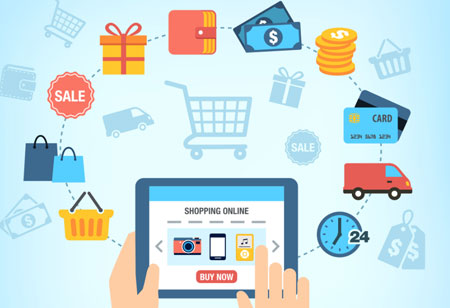THANK YOU FOR SUBSCRIBING
The Ideal Balance on E-commerce Websites
Third-party services are often a fast and easy way to add cutting-edge features and functionality to a website, negating the need for organizations to undertake any development work themselves.

By
Apac CIOOutlook | Monday, November 03, 2025
Stay ahead of the industry with exclusive feature stories on the top companies, expert insights and the latest news delivered straight to your inbox. Subscribe today.
Marketing teams are always tasked with striking a balance that is difficult to achieve—delivering rich content and features that shoppers have now come to expect, while carefully maintaining the fine line of web performance—without speed and reliability begin to deteriorate that in effect, turn their valuable customers away. This proves to be extremely difficult, because the more content and features are added to their merchant websites, the slower the site becomes, disrupting the shopper’s experience. With marketing teams continuously raising the bar in terms of content, protecting website performance becomes paramount.
Third-party services are often a fast and easy way to add cutting-edge features and functionality to a website, negating the need for organizations to undertake any development work themselves. That being said, these elements are often the weakest links when there is high website traffic. To mitigate these risks, marketers must deploy third-party services only when needed and with adequate backup plans in place. Web page load time tends to increase according to page weight. There are many optimization techniques to keep page weights in check, especially when working with mobile sites, which have to compete with constrained networks.
Marketing teams should consider using static content on landing pages, enabling the pages to load faster, while also being less problematic than dynamic content. Static landing pages also help search engine to generate better rankings by being easier to crawl and index. Another point of potential failure is third-party tagging. Tag management services are vital during peak sales periods as they can often eliminate unnecessary tags to streamline and improve website performance.





